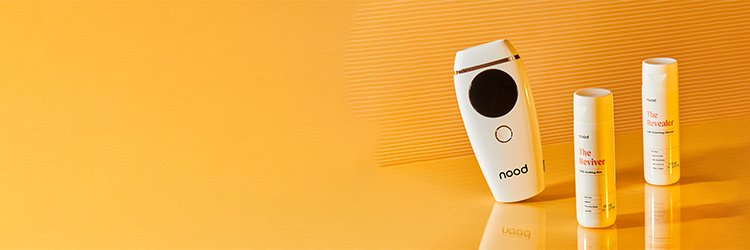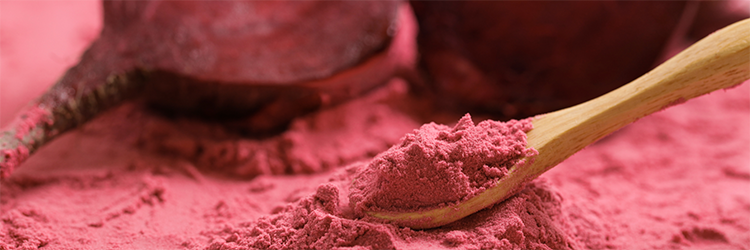
SPAM has been a staple in American households for decades, but with an increasing consumer focus on health, its ingredients are coming under the microscope. The meat comes in a can and is convenient, but sometimes there's a tradeoff between convenience and health when it comes to processed foods.
But is SPAM bad for you? Are any of its ingredients shown in clinical studies to be harmful to human health? Is SPAM Lite a healthier option than SPAM Classic? And are there any healthier alternatives?
In this article we’ll analyze the ingredients in SPAM to give our take on whether the brand is healthy or unhealthy.
We'll also share our thoughts on whether SPAM Lite is healthier than SPAM classic, and highlight two packaged protein products that we think are healthier options than SPAM.
What is SPAM Made Of?

The ingredients in SPAM Classic (the brand's most popular product) are shown above.
Pork is the main ingredient in SPAM, while the other ingredients are either fillers, taste enhancers and one preservative.
We consider this a "processed" food, and in general, we think it's a healthier option to make whole, unprocessed foods as large of a percentage of diet as possible.
A 2016 analyzed data from 42 different medical reviews on meat consumption and cancer risk, and found that processed meat consumption is associated with increased cancer risk.
Added sugar is clinically shown to be associated with increased risk of diabetes, cardiovascular disease and obesity when consumed in excess, as we documented in the are Clif Bars healthy review that we recently published.
Sodium nitrite is a preservative, and dietary nitrites have been shown in a published in the International Journal of Epidemiology to be associated with increased risk of certain types of cancer.
We consider SPAM to be unhealthy not just because of its ingredients, but also because of its Nutrition Facts, which we'll discuss in the next section of this article.
Nutrition Facts Analysis

The Nutrition Facts label for SPAM Classic is shown above.
The serving size is listed as only two ounces, which we feel is highly questionable, and some consumers may fail to understand that all of the nutrient values need to be multiplied by six to get the nutritional facts for the entire can.
Food companies sometimes list a small serving size because it makes certain ingredients (like sodium) look better on the label, but it seems unlikely that consumers are going to eat one-sixth of a can of SPAM.
A full can of SPAM Classic contains 4,740 milligrams (mg) of sodium, which means that one single can of SPAM contains more than 200% of the sodium recommended for an entire day according to the FDA's .
A published in the Clinical Cardiology journal found that high sodium intake is associated with increased blood pressure, and while we don't believe that any one nutrient should be demonized (sodium is necessary for optimal health), we consider this to be a very high dose for one single meal.
SPAM doesn’t provide very much nutritional value for the 1,080 calories it contains. The entire can provides 0% of the Daily Value (DV) of vitamin D, 0% of the DV of calcium, and only 12% of the DV of potassium.
For a meal providing nearly half a day's worth of calories, this is suboptimal nutrition.
How to Make SPAM Healthier
A YouTube creator named Janice Fung shared five easy SPAM recipes in a video with over 900,000 views.
The recipes include whole food ingredients and we would consider these recipes a great way to make healthier meals for those who already have purchased SPAM:
Is SPAM Lite Healthier?

The ingredients in SPAM Lite are shown above.
SPAM Lite is positioned as a healthier alternative to SPAM Classic, because it's lower in calories (660 vs. 1,080 per can), lower in sodium (3,480 mg vs. 4,740 mg), and lower in fat.
However, this product contains two preservatives that we consider to be unhealthy.
Sodium phosphates were shown in a 2012 to be associated with increased cardiovascular risk, and the study authors concluded that "the public should be informed that added phosphate is damaging to health."
Sodium nitrite may be associated with increased all-cause mortality, as we documented in our review of Beyond Meat ingredients.
Overall, we do not consider SPAM Lite to be healthier than SPAM Classic.
We consider the two products to be equivalent, because SPAM Lite does contain less sodium, but it also contains more preservatives.
Our Healthy Protein PicksWe receive compensation when readers purchase the products or services we recommend.
For consumers who want convenient, no-cooking protein options, we believe there are better options than SPAM.
Grass-fed beef jerky is a good choice, because meat from grass-fed animals is shown in to be richer in certain nutrients than meat from conventionally-raised animals.
The New Primal Grass-Fed Beef Jerky Sticks is our top jerky pick because it's sourced from grass-fed animals, nitrate and nitrite-free, and contains no added sugar.
Sardines are a cheap and convenient canned protein option with significant health benefits.
As we documented in our review on the benefits of fish oil supplements, fish oil can support healthy cholesterol levels and provides potent anti-inflammatory effects.
Wild Planet Sardines is our top sardine pick because they're sustainably sourced, packed in water, and free of questionable additive ingredients.
Sardines are naturally high in calcium, providing 15% DV in only 140 calories.
What Does SPAM Stand For?
Interestingly enough, the company actually doesn’t disclose what the brand name stands for.
On the SPAM website, the brand states that the origins of the company name are “only known by a small circle of Hornel Foods executives.”
























































































































































































































































































































































































































































































































































































































































































































































































































































































































